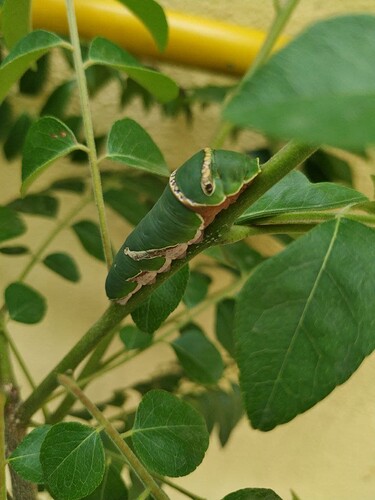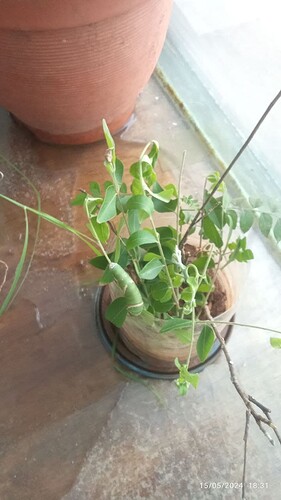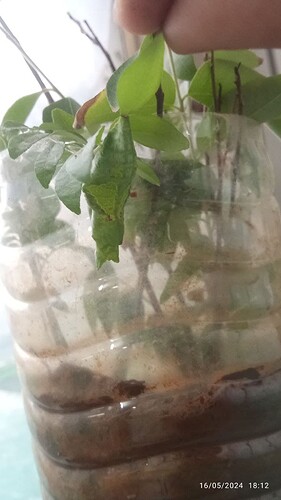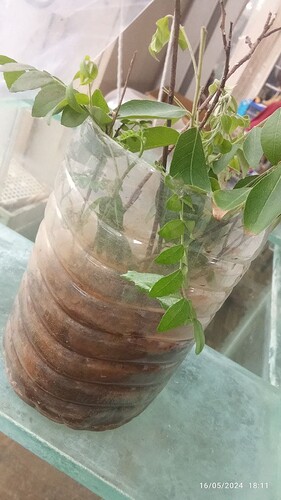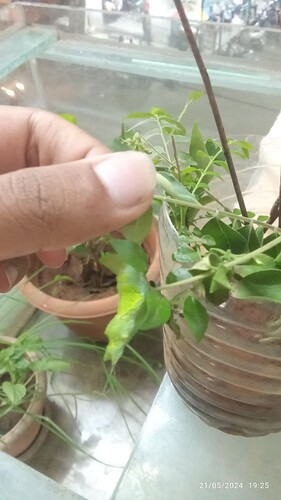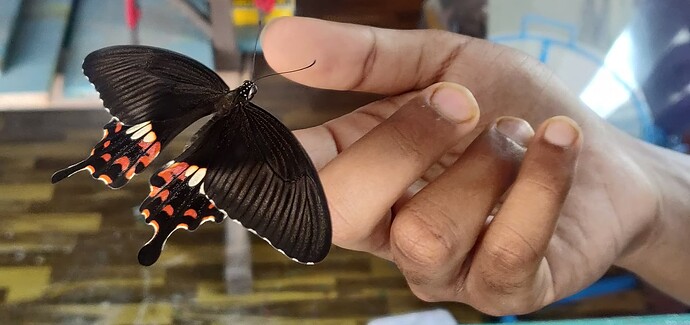On may 14th Hari became the newest member of our living academy. @Gn decided to keep him we’ll watch and document his growth. created a cozy living environment for him in a terrarium. However it was pre-planned to build a terrarium and luckily Hari was the first member.His vibrant green color and large size made him stand out among the rest. He quickly became the center of attention in our living academy, with everyone fascinated by his unique appearance.
In his terrarium, we made sure to provide Hari with everything he needed to thrive. We filled it with fresh leaves for him to munch on, fresh plants and created a comfortable resting spot for him to curl up in.
Right now Hari just got into the process of pupa and now we’ll get to know this more closely and we can actually understand it. A lovely journey we are about to explore: )
How many months/days did the journey goes from caterpillar to butterfly?
In a typical documentary about the metamorphosis of a caterpillar into a butterfly, the process is usually depicted in a time-lapse format to show the transformation over a shorter period. However, in reality, the time it takes for a caterpillar to become a butterfly can vary depending on the species.
On average, the entire process of metamorphosis from egg to caterpillar to pupa to butterfly can take anywhere from a few weeks to several months. For example, the Monarch butterfly (Danaus plexippus) typically takes around 10-14 days to go from egg to caterpillar, then spends about 10-14 days as a chrysalis (pupa), before emerging as a butterfly.
May 21: Hari still is in the state of transforming himself nothing seems different, as he was looking like he’s been in a good sleep.
It will require some amount of time and patience. Surely we’ll about to see the beautiful butterfly.
The pupa stage, during which the caterpillar is inside the cocoon, can last anywhere from a few days to several weeks, depending on the species. This period of stillness and transformation is crucial for the development of the adult insect.
Finally our Hari has undergone a remarkable transformation from its previous pupa state. The process of metamorphosis is truly a wonder of nature, as it involves a complete restructuring of the insect’s body.
May25th, Here shortly we put an eye to Hari’s journey;
During metamorphosis, Hari’s body went through several stages. It began as an egg, which hatched into a caterpillar. The caterpillar then went through multiple molts, shedding its old skin and growing larger each time. As it grew, it also consumed large amounts of food to fuel its rapid growth.
After reaching its final larval stage, the caterpillar entered the pupa or chrysalis stage. Inside the pupa, Hari’s body underwent a complete transformation. Its tissues broke down and reorganized, forming new structures and organs. This process is called histolysis and histogenesis.
Finally! after a period of time, Hari emerged from the pupa as a fully formed and mature butterfly. Its wings, which were once tiny and undeveloped, have now expanded and are adorned with beautiful colors and patterns. These wings enable Hari to fly gracefully and with elegance.
The transformation of Hari from a caterpillar to a butterfly is not only visually stunning but also symbolizes growth, change, and the beauty of life. It serves as a reminder of the incredible diversity and adaptability found in nature.
Its stunning to know that Hari is Harini, confirmed.
May 26th, As Hari grew and transformed into a beautiful butterfly, we watched in awe at his incredible metamorphosis. He had truly become a loving member of our family, bringing us felt a sense of connection with his presence.
In the end, after hari is gone, he taught us the valuable lesson that beauty can be found in the most unexpected places. We just need to sense it, its the love that brings pain, its the price, but if the price is for love then its worth it. Yes we’ll remember her, from green caterpillar who was crawling onto the curry leaves to flying of from the whole Living academy and roads brought a little bit of magic into our lives. Taught us patience, about unspoken beauty and also the misery of love that brings pain. it taught us to value the time that we have with our loved ones because when they gone the only thing that left behind is regret.
